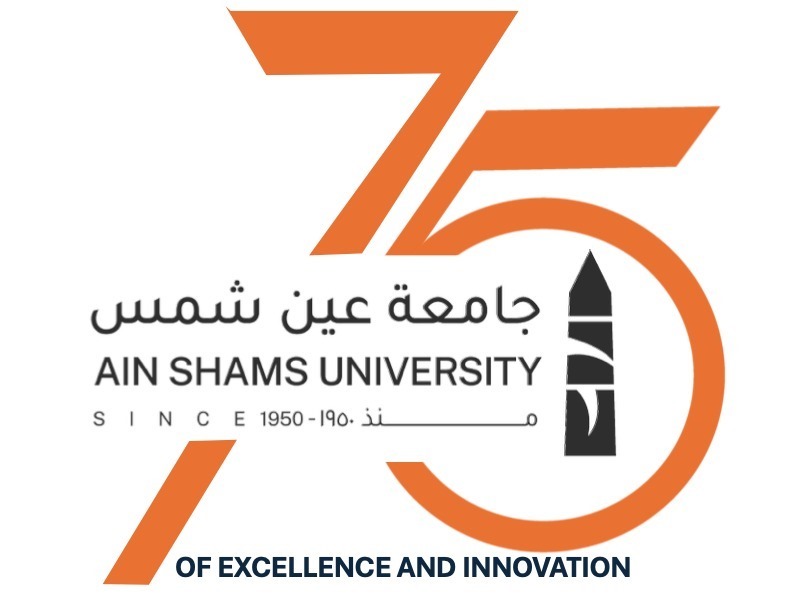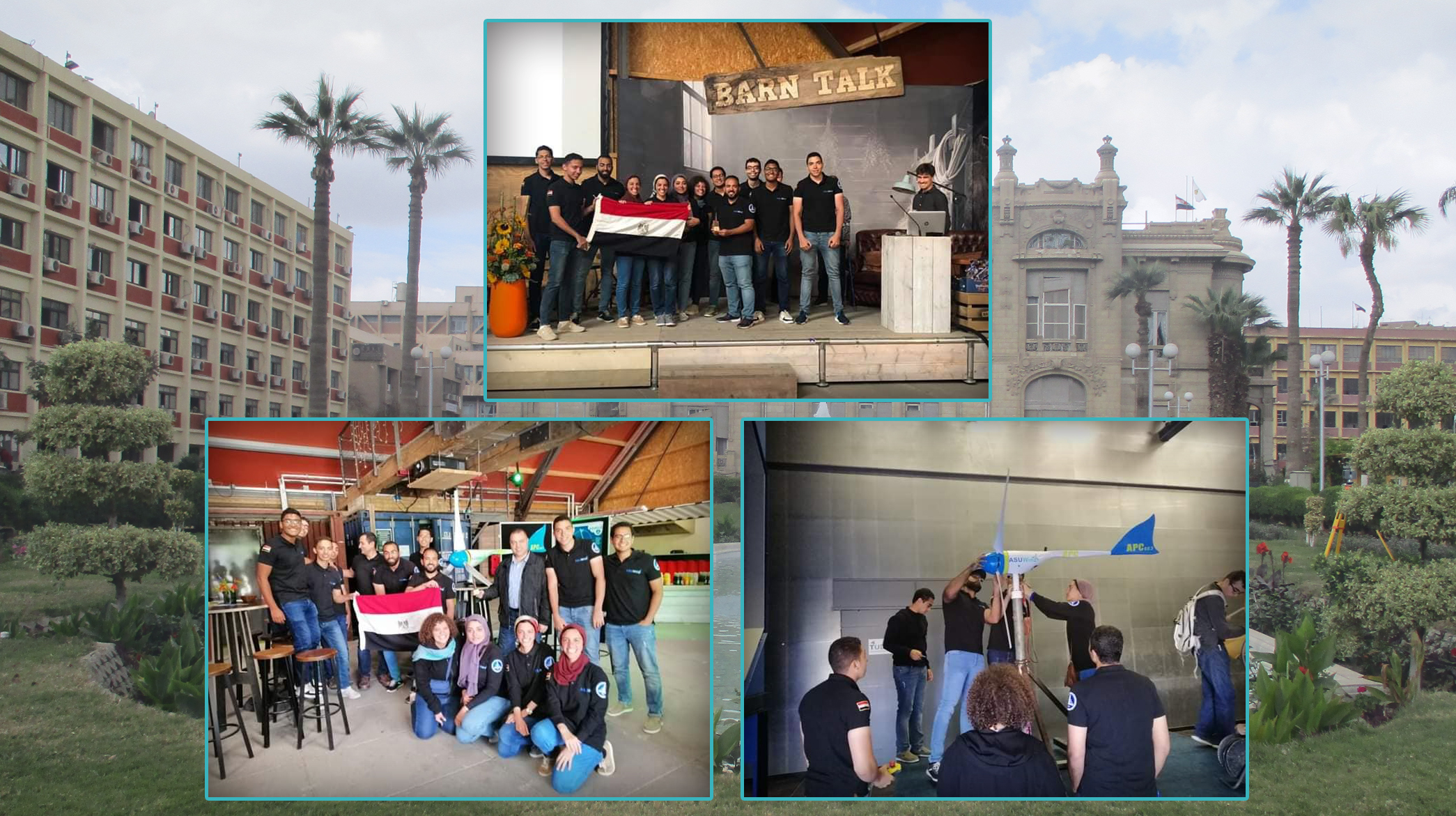The Faculty of Engineering team won the first place in the International Wind Turbine Competition in the Netherlands
The team of the Faculty of Engineering, Ain Shams University (ASUWIND) won the International Wind Turbine International Competition (ISWTC2019) held at the University of TUDelft, the Netherlands, the first place in the annual production of energy and the second place in the overall ranking. It won the completion for the third time in a row in which the University of Ain Shams under the leadership of Prof. Dr. Abdel Wahab Ezzat participated in this competition, where the team carried out tests within the wind tunnel allocated for this.
Prof. Dr. Tamer Al-Nadi, Vice Dean of the Faculty of Engineering for Education and Students Affairs, stressed that the Faculty is keen to provide all forms of support and support to all its students in the belief in the importance of participating in all activities in all its forms and patterns.
On the objective of the competition, Professor Adel Al-Sabbagh, supervisor of the team, pointed out that it aims to design and build SWT station, which has the ideal energy production in the pre-set wind system. In the designs of the participating teams, taking into consideration the safety and cost-effectiveness factors, as well as the emergency brake systems that are mandatory, and last but not least, the teams should consider the design aesthetics. Additional features, such as monitoring turbine conditions are also appreciated.
He added that the ISWTC competition is divided into two phases. The first is the design phase, where teams must write a report describing their design options based on theoretical research. In this report, they describe electronic systems and safety systems, provide insight into affordability, and provide mathematical evidence of the ability of turbines to withstand certain loadings, etc. If this report is submitted, teams can progress to the next stage. The jury will take into account the design report in addition to actual turbine performance in their decision on the best overall design, the jury being formed by independent experts from the wind industry.
The second stage of the competition is the construction phase. The small wind turbines are tested in the wind tunnel at the Technical University of Delft for a few days, the wind tunnel will be used at the Technical University of Delft to test the performance of competing small turbines. The turbines will first be tested on electronic safety and mechanical safety systems, Wind tunnel. The output power of the turbine is measured and the objective is to get the best output of the energy.
The final phase of the weeklong competition included the transfer of teams that tested their turbines in Delft to the University of Applied Sciences at NHL for a final seminar where they could present their creations to the public. A jury of wind energy experts evaluated the performances, along with their performance in the tunnel and their initial design report.


.svg)

